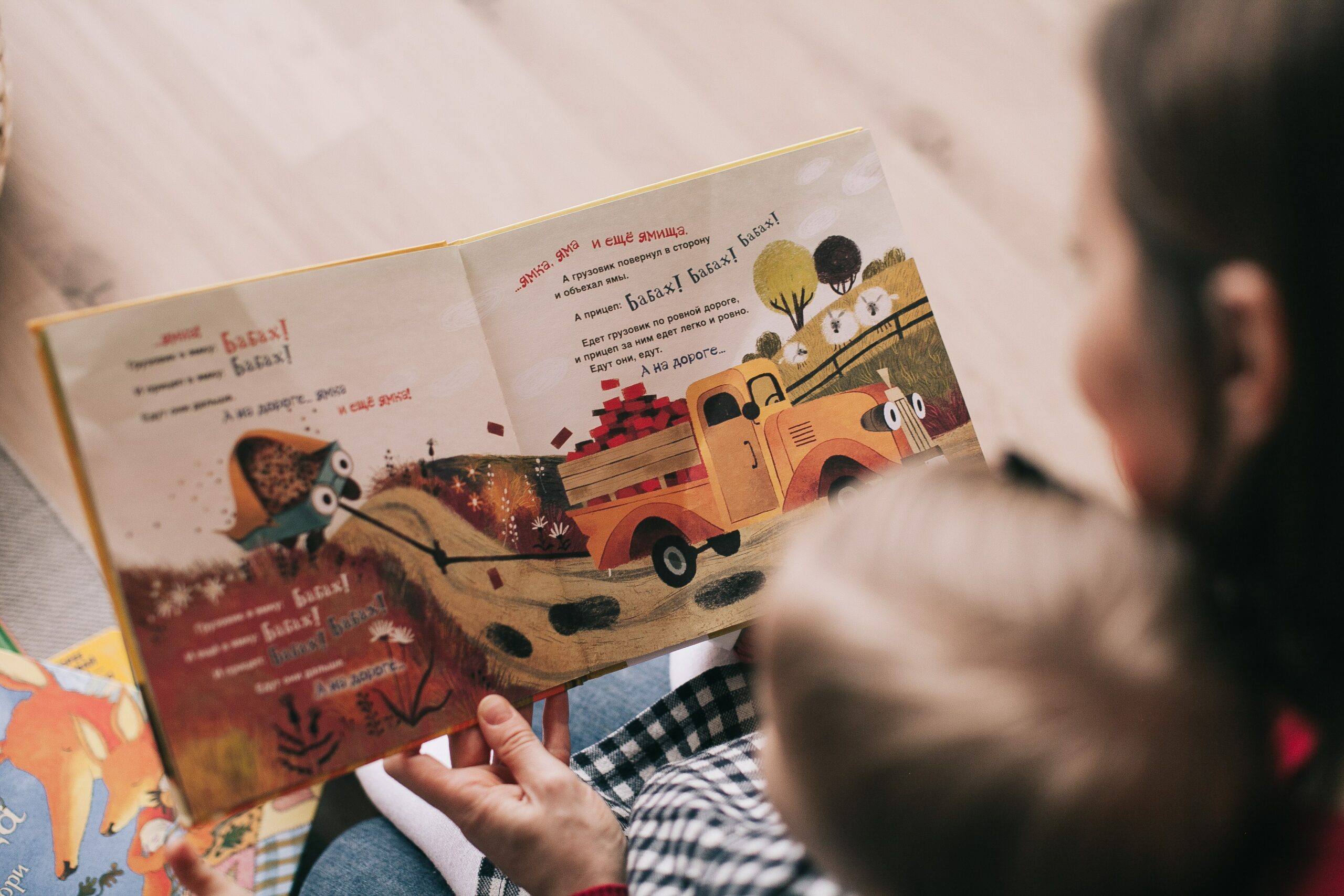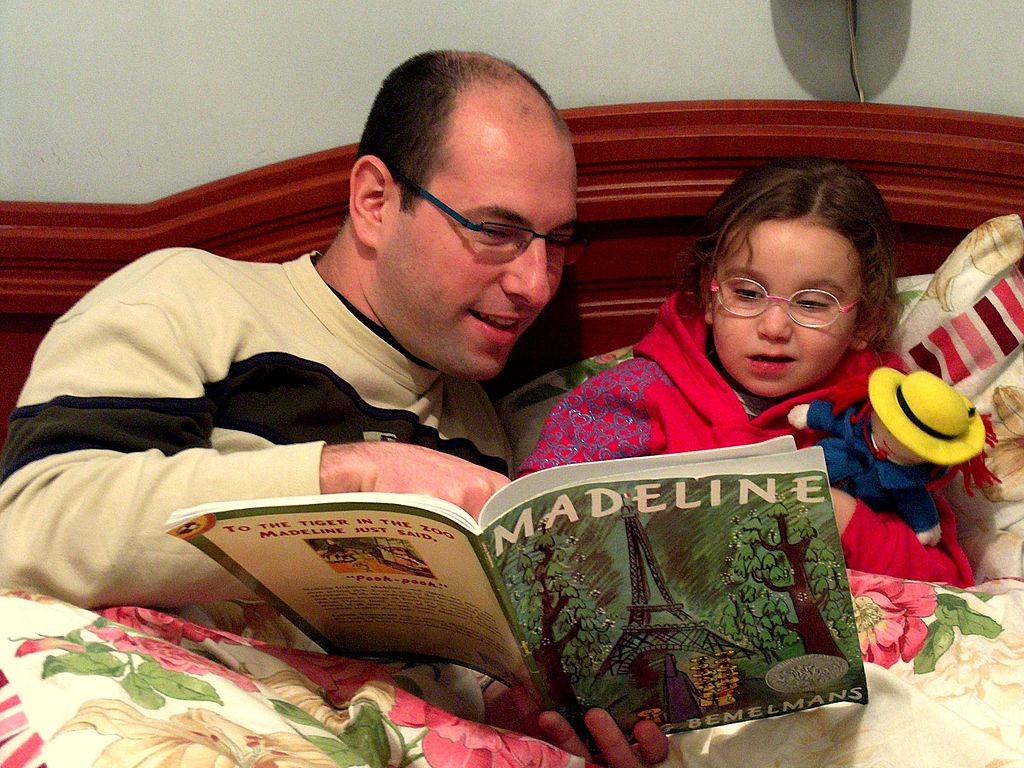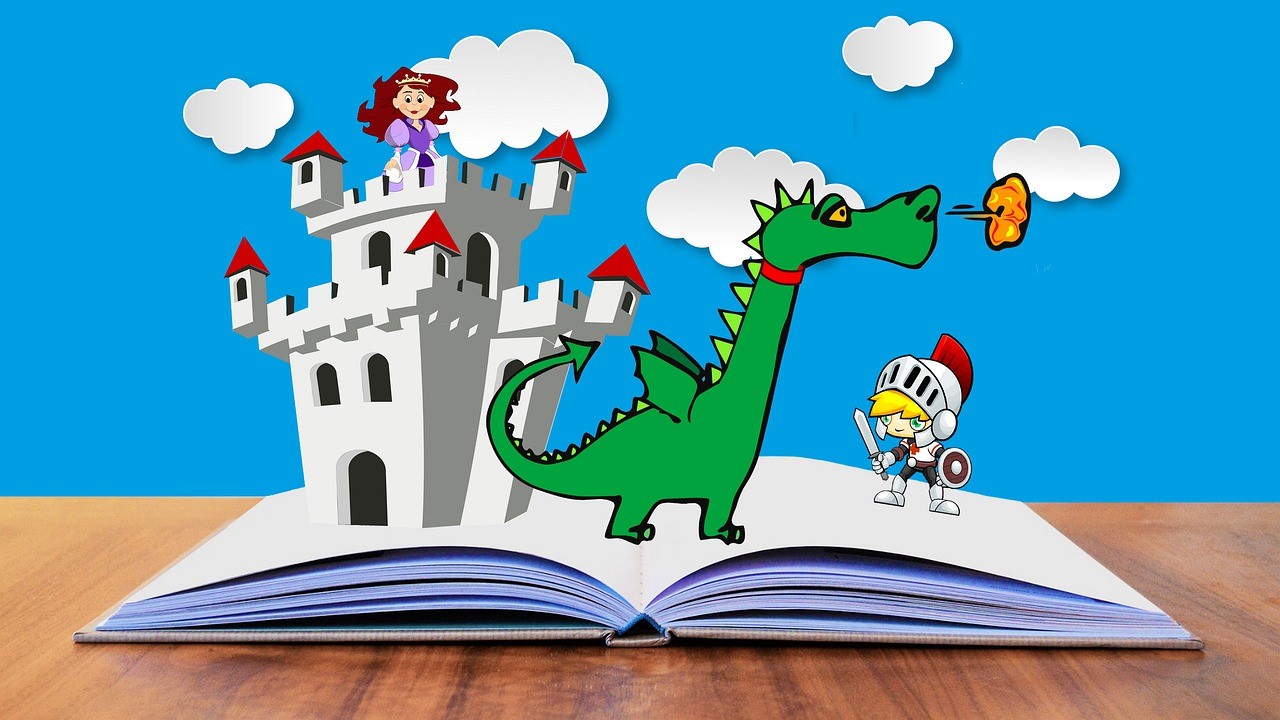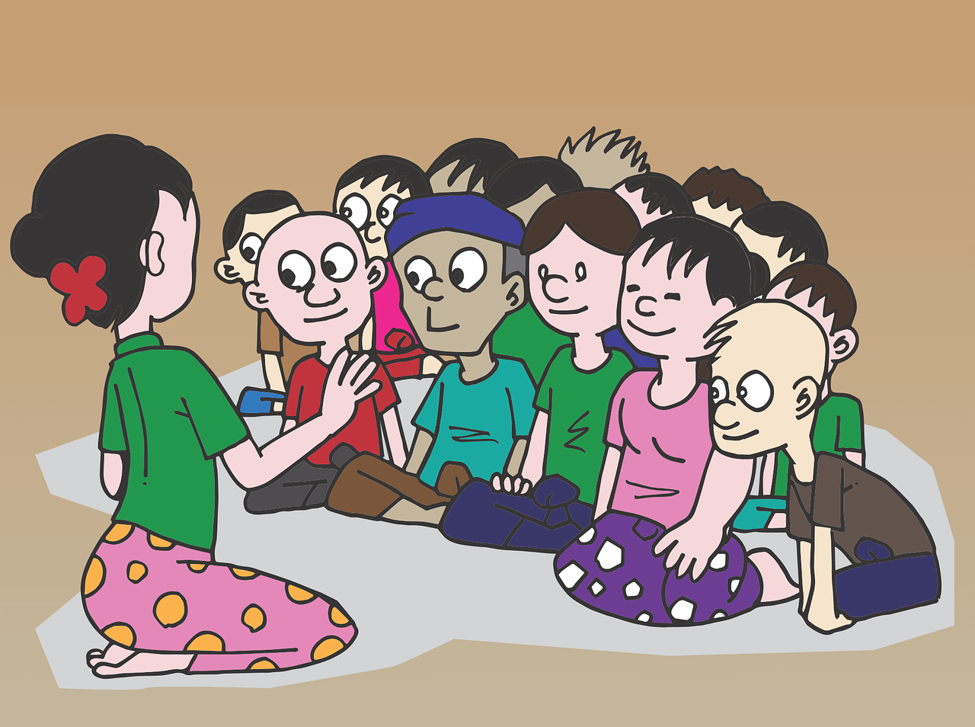 Source: Pixabay
Source: PixabayIf you have a picky eater, mealtime can make you feel like you want to pull your hair out. It is frustrating for parents to watch their child only fiddle with their food at dinner or not even touch it, claiming they “don’t like it.” So what happens? Thirty minutes later guess who is hungry? You guessed it. Your little picky eater.
Jamie’s mother was concerned about Jamie’s lack of interest in food. She stated, “Jamie never wants to eat anything I fix for dinner. What can I do to encourage Jamie to eat the meals that I have prepared?” I came up with the following ten tips for her. You may find them useful as well.
TIP: INVOLVE JAMIE. You can have Jamie help with planning the menu or meal preparation. Kids are less likely to “turn up their nose” at something, they had a hand in.
TIP: PLACE A LIMIT ON JAMIE. Let’s think that Jamie is playing with her food at dinner and not really interested in eating it. Mom says, “Jamie, I will be serving breakfast at 7:00 a.m. try to eat enough to make it to then. You decide how much you will need. Oh! We will be clearing the table in _____ minutes.”
When Jamie comes to you later that evening complaining of being hungry. With an understanding tone, remind her that you will be serving breakfast at 7:00 a.m. as usual. Jamie will most likely be persistent about getting something else to eat. It is important that you follow through with the limit you have placed. Otherwise, Jamie learns that you do not mean what you say and you lose your credibility with her. You may have to tell her several times that you will be “serving breakfast at 7:00” until she realizes that you’re not going to give in.
Jamie: “Mom I’m hungry. Can I have some cookies?”
Mom: “Kids who eat all their dinner are welcome to have a snack after.”
Jamie: “But mom I’m really hungry.”
Mom: “I know Jamie. I would be hungry too if I ate as little as you did for dinner, but don’t worry I will be fixing a big breakfast at 7:00 a.m.”
Jamie: “What? Do you want me to starve?”
Mom: “I’ll be serving breakfast at 7:00 Jamie”
Jamie: “This isn’t fair.”
Mom: “I’ll be serving breakfast at 7:00 Jamie”
Jamie: “Fine!”
TIP: NOTICE THE EXCEPTIONS. Call attention to the times when Jamie eats most of her meals. “Wow! Jamie, you ate everything on your plate. Good job. You should be proud of yourself.” Too often, we only notice the negative aspects of our children’s behavior and that is what we reinforce with our negative attention.
 Source: Pixabay
Source: PixabayTIP: CATER TO JAMIE’S DESIRE TO BE “BIG”. “ You won’t like this halibut, Jamie. Usually, adults are the only ones who like halibut.” Guess what may just become Jamie’s new favorite food?
 Source: Pixabay
Source: PixabayTIP: PROVIDE VARIOUS CHOICES AROUND MEALTIME. “Would you rather sit by me or by mommy?” “You can eat with a fork or a spoon which would you prefer?” “Do you think you will need more potatoes or is that enough?” “Have as much as you think you will need to make it to dinner.” “Milk or juice?” “Should we eat at 7:00 or 7:30?”
 Source: Pixabay
Source: PixabayTIP: BE A GOOD ROLE MODEL. “You know dear, although spaghetti is not my favorite, I will eat it because I know how hard you worked to make it.”
 Source: Pixabay
Source: PixabayTIP: EXPOSURE. Encourage Jamie to try a variety of foods early on in her life before she knows anything different. Some children may have never thought eating liver was gross if it hadn’t been for what someone else had set their expectation to be.
 Source: Pixabay
Source: PixabayTIP: PROVIDE SOME FLEXIBILITY. Let’s remember there are some foods that certain children can not stomach. If Jamie has a problem with spinach, but it is part of that particular meal, try to have other items. This way she can get her fill up on once everyone has their share. But, this should be the exception rather than the rule.
Try letting Jamie dip her food in sauces, dressings, syrups, and ketchup. It may make them taste better to her.
 Source: Wikimedia Commons
Source: Wikimedia CommonsTIP: MAKE MEALTIME ENJOYABLE. Try to talk about things other than eating at mealtime. Dinner is a great time to talk to Jamie about how her day went. During breakfast, you can discuss what everyone has planned for the day.
Anyone pitching in to help prepare a meal can teach Jamie an important family value. An added bonus for children is that it can teach them important skills. It can be about thinking skills like timing, measuring, colors, comparisons, counting, and cause and effect.
Be creative in the ways that you dish up Jamie’s food. Mold her mashed potatoes into a volcano. Then, cut her meat or sandwich into bite-sized pieces. Poke toothpicks in them and layout veggies in the shapes of letters or numbers. You can also use a drop or two of food coloring to make it more interesting.
 Source: Pixabay
Source: PixabayTIP: LIMIT SNACKING. For children to be hungry enough to eat a meal they usually need to go two or three hours without food. However, it is difficult for children to go from noon to 6:00 p.m. without food. A nutritious snack after school would be fine to get Jamie to dinner, still having her appetite.
 Source: Pexels
Source: PexelsTIP: RECALL PAST SUCCESSES. Think back to the times when Jamie had eaten her meals. What were you doing? Were you placing a lot of emphasis on her need to eat her food? What was she doing? What were you eating? What happened before the meal? These kinds of questions may help you realize some of the things you or Jamie is already doing which assist her in becoming a better eater.


 Source: Pixabay
Source: Pixabay

























